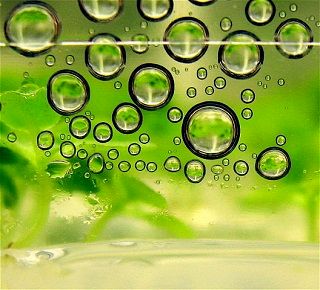From Guest Blogger John Cadogan: Ethanol — It’s a Gas

Manufacturers claim the proposed new mandate of 15 per cent, known as E-15, corrodes engine and fuel system components. Toyota and Lexus are even apparently fixing warning labels on gas caps and including cautions not to use E-15 in owner’s manuals.
The American Automobile Association says 95 per cent of cars on US roads aren’t suitable for E-15, based on data from US car makers.
The EPA, green groups and the ethanol lobby say automakers and refiners are over-reacting. Bob Dinneen, head of the Renewable Fuels Association, says the reaction is, “hysteria that’s being driven by the oil companies”.
Green groups say ethanol, which is a high-octane fuel generally derived from corn (and which can also be made from sugar cane and wheat) is an effective means of diluting the USA’s dependence on foreign oil. (It’s also, coincidentally, the same psycho-active alcohol used in beer, wine and spirits. What we’re actually talking about here is a shift from roughly double the alcohol proportion in a robust, full-strength beer, to about 25 per cent more than you get in a cheeky Chianti.)
The EPA says E-15 is safe for cars made after 2001, but admits it’s not appropriate for marine engines and small engines such as those in lawn mowers, chainsaws, etc.
What many people overlook are the consumer- the high school chemistry-type implications of burning ethanol in your car.
Although it’s a high-octane fuel, ethanol actually contains less energy, gallon-for-gallon, than straight gasoline. As in, 30 per cent less energy. Therefore, a 10 per cent blend of ethanol in gasoline (E-10) contains three per cent less energy than a tank of 100 per cent gasoline. This means, if you can get 1000 miles out of 30 gallons of gasoline, you’ll get only 970 miles out of 30 gallons of E-10.
So, as a purely economic proposition, in order to be an attractive consumer purchase, E-10 needs to be priced about three per cent cheaper than 100 per cent gasoline. If not, it’s a rip-off … despite being good for national energy security.
Because it is a higher proportion ethanol blend, E-15 intrinsically contains about 4.5 per cent less energy than 100 per cent gasoline – so the break-even point economically for consumers is 4.5 per cent less than unadulterated gasoline. It also needs to be 1.5 per cent cheaper than E-10.
The obvious way to make E-15 succeed, commercially, is to offer it at a lower price-point than E-10. This is because the majority of fuel buyers purchase on price alone.
The other big problem with ethanol in gasoline is that ethanol is hydroscopic – which means it sucks moisture out of the air. This is an especially important consideration in humid climates, where moisture in the air is prolific.
As consumers purchase gas at their local gas station, outside air replaces the gas that’s decanted into customer’s cars. Because it’s cooler in the tank than outside, the humidity in the air condenses into water and falls into the fuel. If the fuel is 100 per cent gasoline, the water won’t mix with it so it just sinks to the bottom of the tank. But if the fuel is an ethanol blend, it will absorb the water.
Later on, when a customer buys E-10 or the proposed E-15 that’s saturated with moisture, it can cause running problems like hesitation from a standing start, poor idle quality or stalling in traffic – even in a modern car with a fuel system designed to resist the potentially corrosive effects of ethanol.
